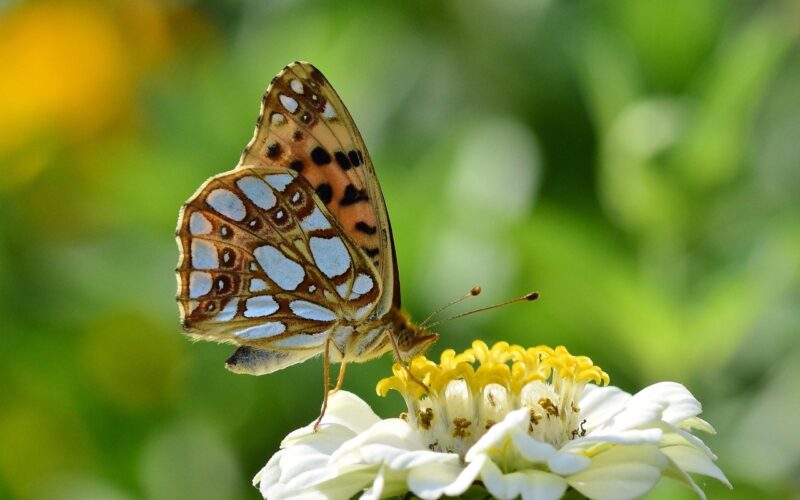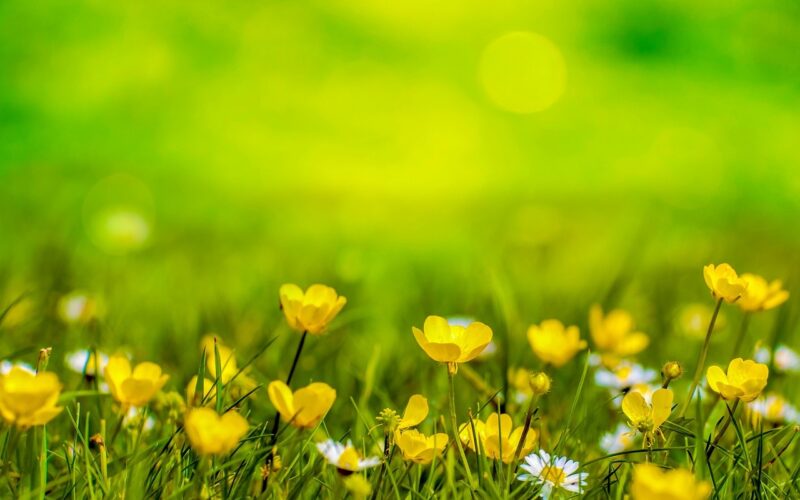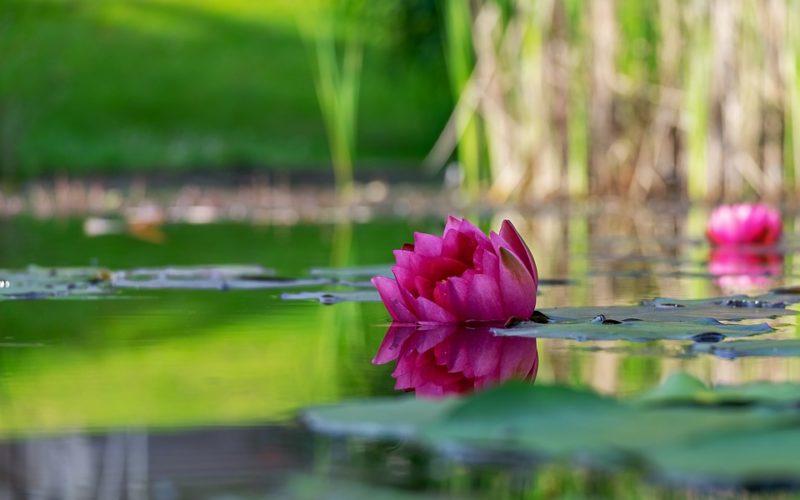Decorative Shrubs and Bushes
There are many buildings enhances with flowering shrubs and bushes, but few people understand the real need behind maintaining them. It is true that they look better when trimmed on a regular basis, but the need for good maintenance has more to do with keeping a building safe than looks. When any plant grows near a building, issues can arise from lack of air, light and proper ventilation. These plants can also invade the façade of a building and cause other issues down the road.
Lack of proper air, light and ventilation occurs when plants are allowed to grow too close to a building. Moisture can be retained in an area that never sees the light of day due to overgrowth, and it can cause mold and rotting on the building itself. Cutting the plants back so there is a buffer area between them and the building will help prevent this. Light is not always necessary to keep the mold away, but good air circulation will help. For areas that are extremely damp, it is best to leave a larger buffer area or choose landscape planting that will avoid these issues. Dried aggregates and silica sand help to improve drainage so excess rain water can drain away from the building.
Plants near a building that are allowed to grow without trimming can invade the façade of the structure, and it can cause a variety of issues. The facing can be damaged or broken through completely and it will need to be replaced. If water trickles in through the breaks, there can be mold and rotting issues in the structural members. They will need immediate replacement to keep the structure habitable.
Plants have roots, and some of them can become thick enough to invade the foundation of a nearby building. Placing the plants far enough away from the building is the best remedy to prevent this situation, but plants will often need to be completely removed if this occurs.











